It’s been almost two years since the last collection with multiple patterns. Last time, it was the four pieces suit: Dalt, Riola, Costera and Reig. When I design a new collection, I have two different approaches: all the patterns come to me together, like for the suit, or the collection is built over time, sometimes months, sometimes years. That’s what happened for this one.
I’ve started to design the Oratge cape about three years ago. But as I wasn’t sure I could release it alone, I kept the design on a back burner. Then the wide and masculine cut of the Tardor trousers occupied me last year and while I was looking for inspiration images, the shirt occurred to me. That’s when I thought: “now, I need a skirt to complete the capsule”. And that skirt pattern did change quite a lot during the preliminary stages, until I arrived upon the Neu skirt design. The pattern collection took quite some time to design, like you would take your time to sew it and appreciate all the little details. I’m happy to finally release this mini capsule I named “elegant functionality” that brings a simple silhouette with strong features.
Let’s start with the pretty Mestre shirt. It looks rather basic at a first glance, with a generous cut, like you’ve borrowed it from your man. Casual but chic, its originality lies in its buttoned sides, so practical for tucking the front into your pants or wearing it casually open. Mestre is buttoned on the front and on the sides, it has a shoulder yoke and asymmetrical cuffs. Its other particularity is its construction: different seam margins allow you to obtain flat-felled seams that are as neat inside as on the outside. Nothing to worry about, just follow the instructions and let yourself be guided. The Mestre shirt is available in two lengths: classic at the hips or tunic length at the knees. To make it, you have a wide choice of fabrics: poplin, flannel, linen, chambray…
The cut of the Tardor trousers makes them a key piece for all year round and especially for all occasions. A fitted waist and extra wide legs, its masculine suit pants style is supported by high-end finishes: an interior waistband with inner curtain, seams finished with bias binding, it’s beautiful! Its particularity is the side pleats which can be buttoned towards the back or the front of the pants to change the shape in no time. These are pants that adapt to all seasons: corduroy for winter, linen for summer, and for in between, nothing better than a suit wool, a twill, a flannel, crepe or viscose.
The Neu skirt is really about “function + chic” for me. Its midi length which arrives just above the ankle gives it a certain elegance, especially associated with the volume at the hem. She dances when we walk, all this movement is so pretty. But it nonetheless remains a very practical and comfortable skirt thanks to its elasticated waist at the back and tightened by a drawstring at the front (therefore very flexible at the waist) and its large cargo pockets with bellows on the sides. The construction is simple, it is recommended for an intermediate level but a motivated beginner can also get started. For fabrics, if you choose a fluid fabric like viscose or twill, your skirt will be closer to the body, while a poplin, a technical nylon fabric or any other light to medium weight stiff fabric will give more volume to your skirt.
And finally, it’s the turn of the Oratge cape. A “jacket” or rather an “overcoat” which will protect you from bad weather depending on the fabric chosen: in wool, perfect for battling the wind and the cold, in water-repellent or waterproof fabric, the rain will not pass through. Equipped with a removable buttoned hood, the Oratge cape is available in one size. The sides are buttoned to create sleeves and its knee length protects the entire outfit well. The cape is fully lined and has welt pockets on the front and patch pockets inside.

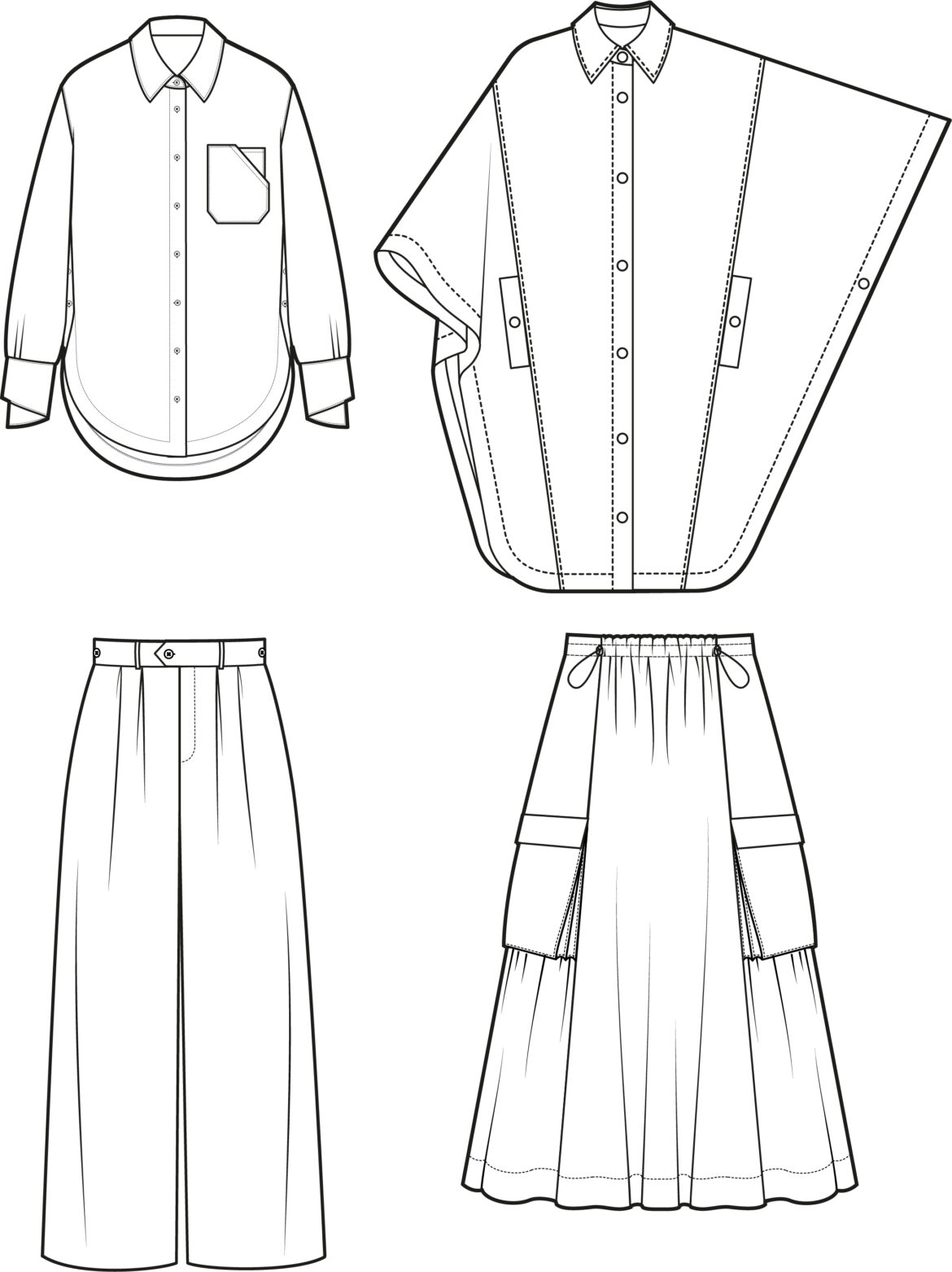
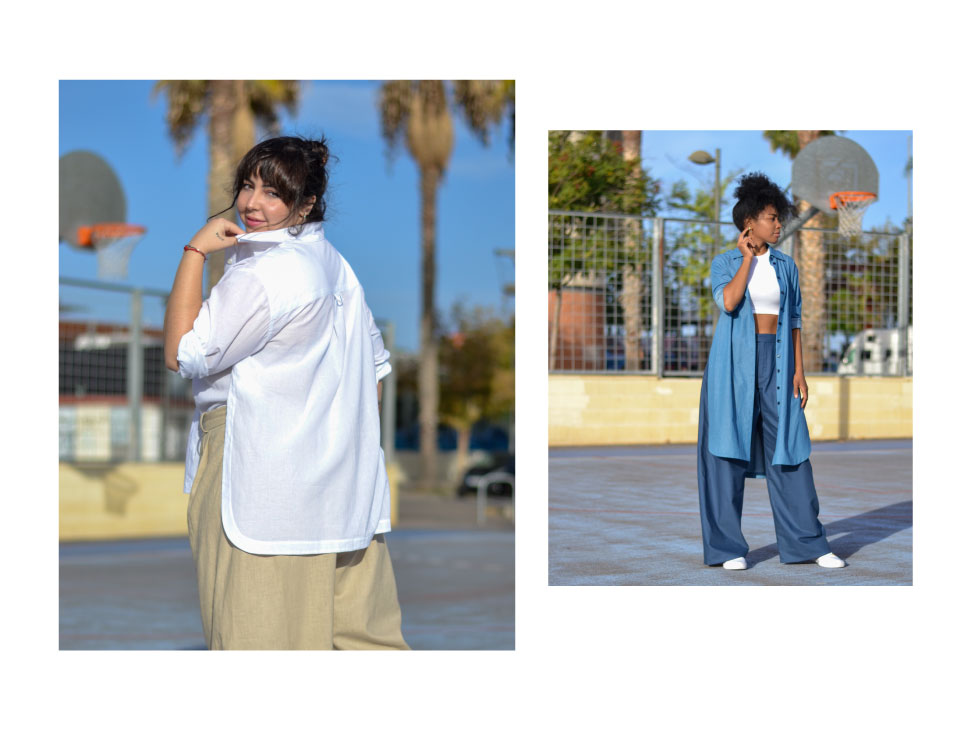
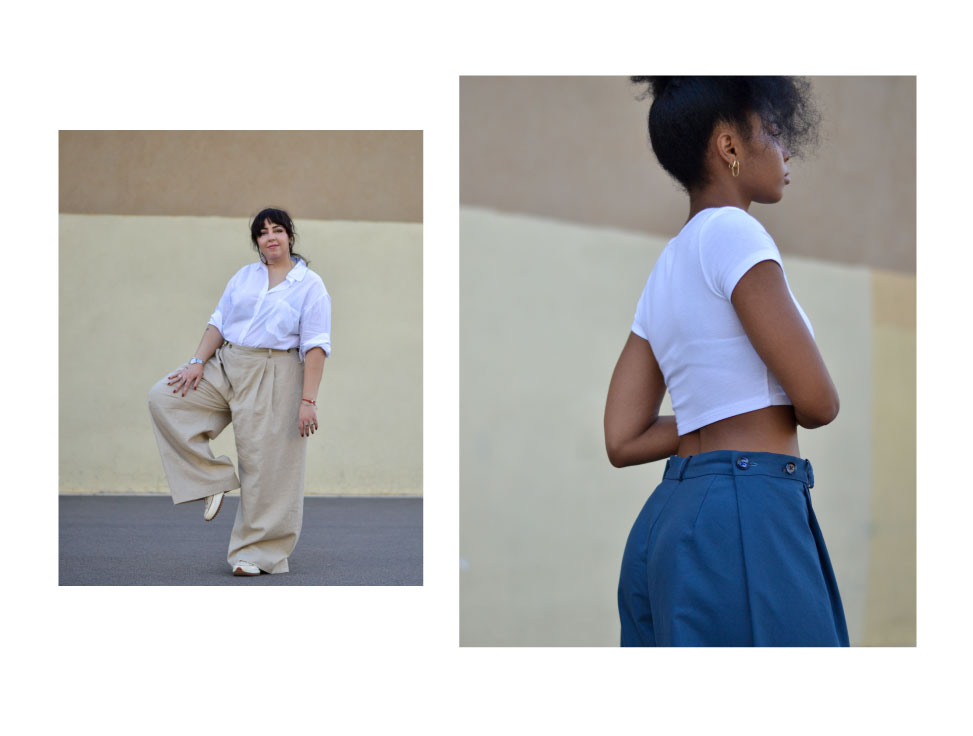
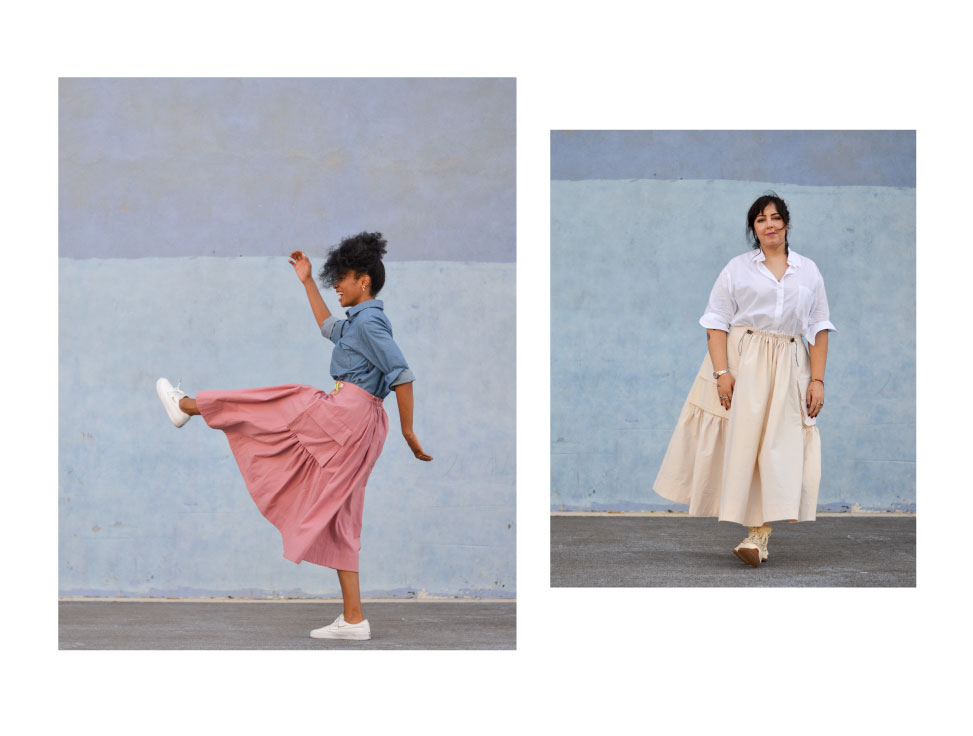
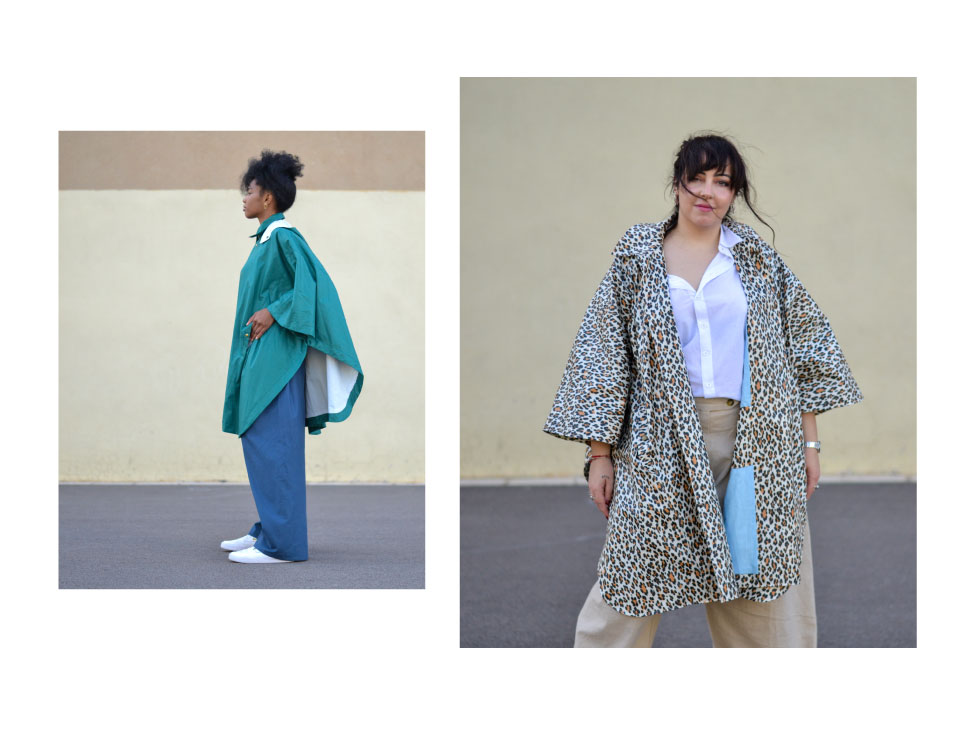
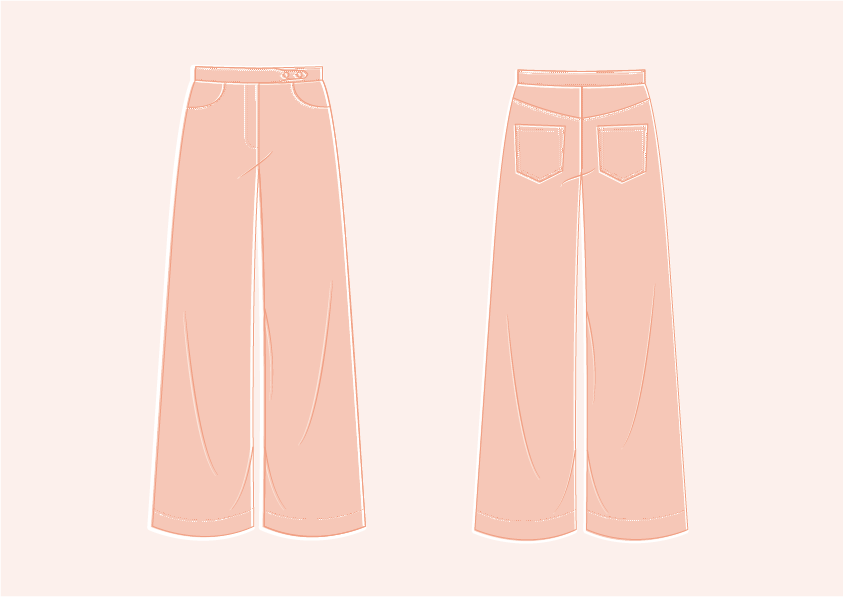
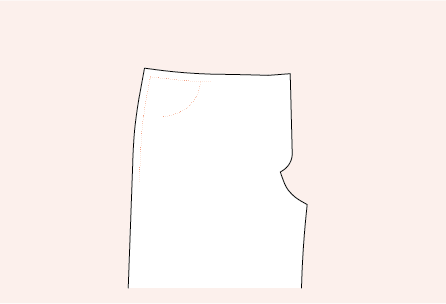
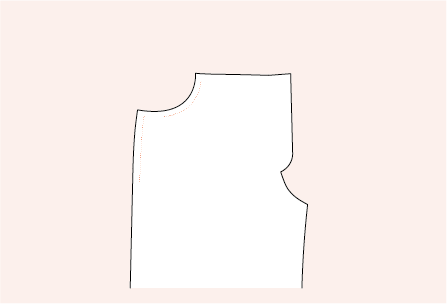
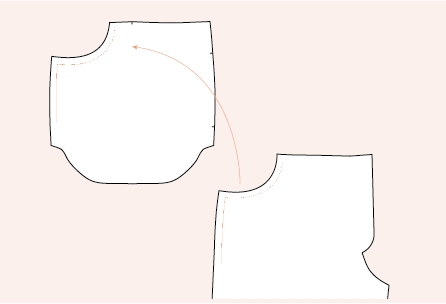
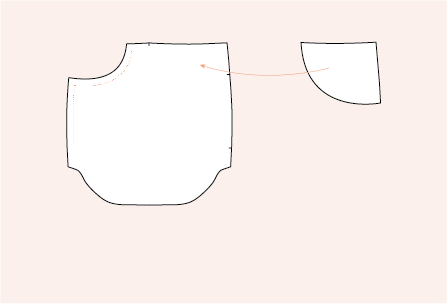
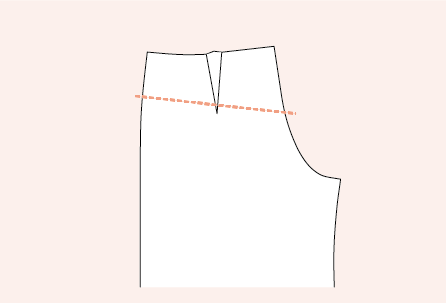
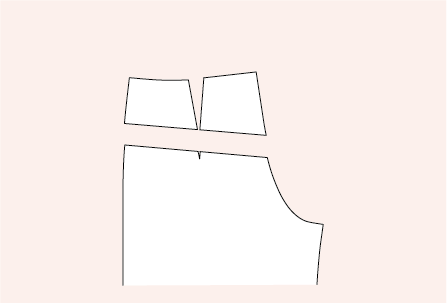

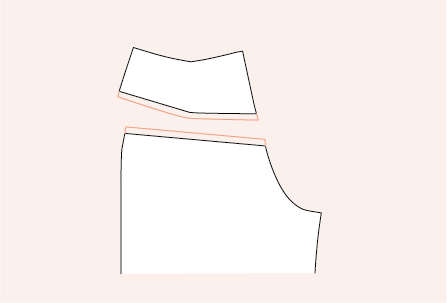
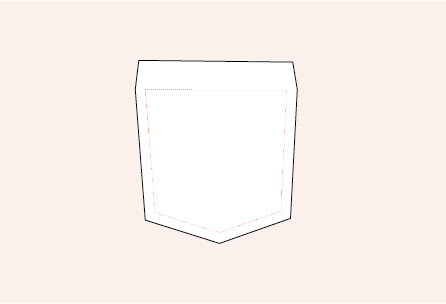

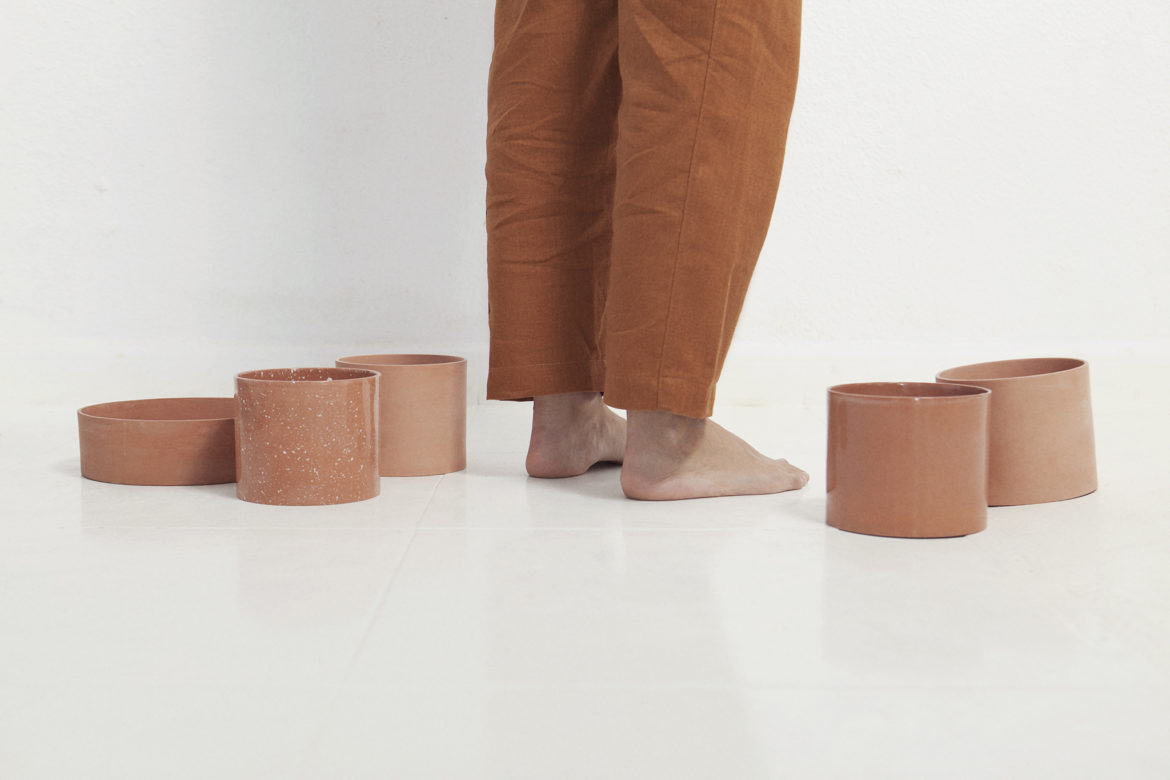
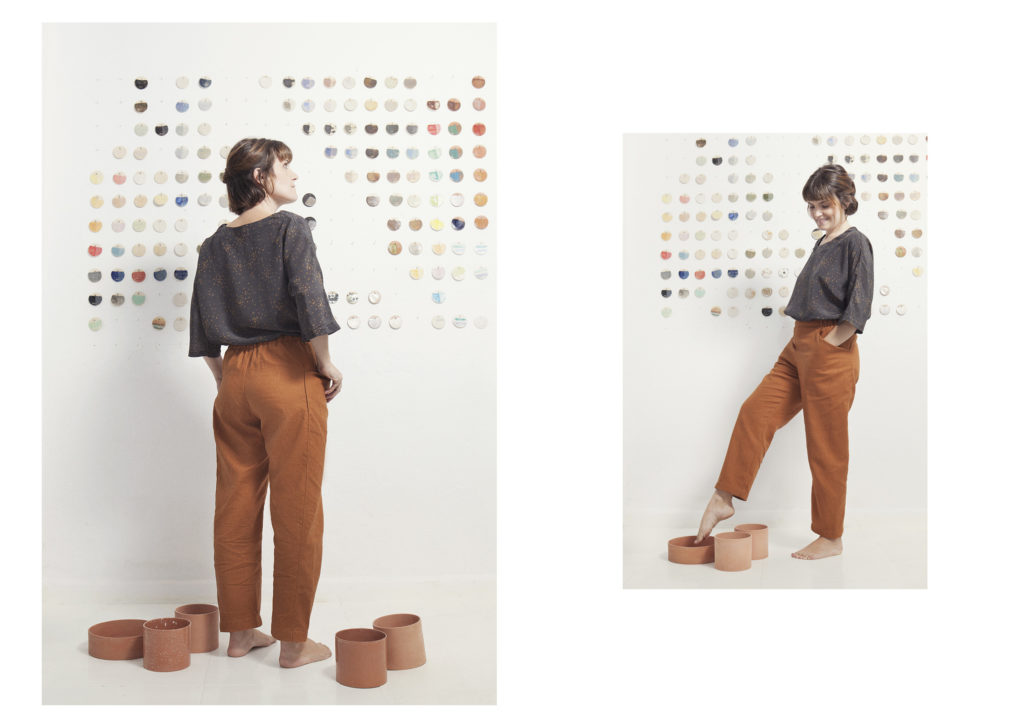
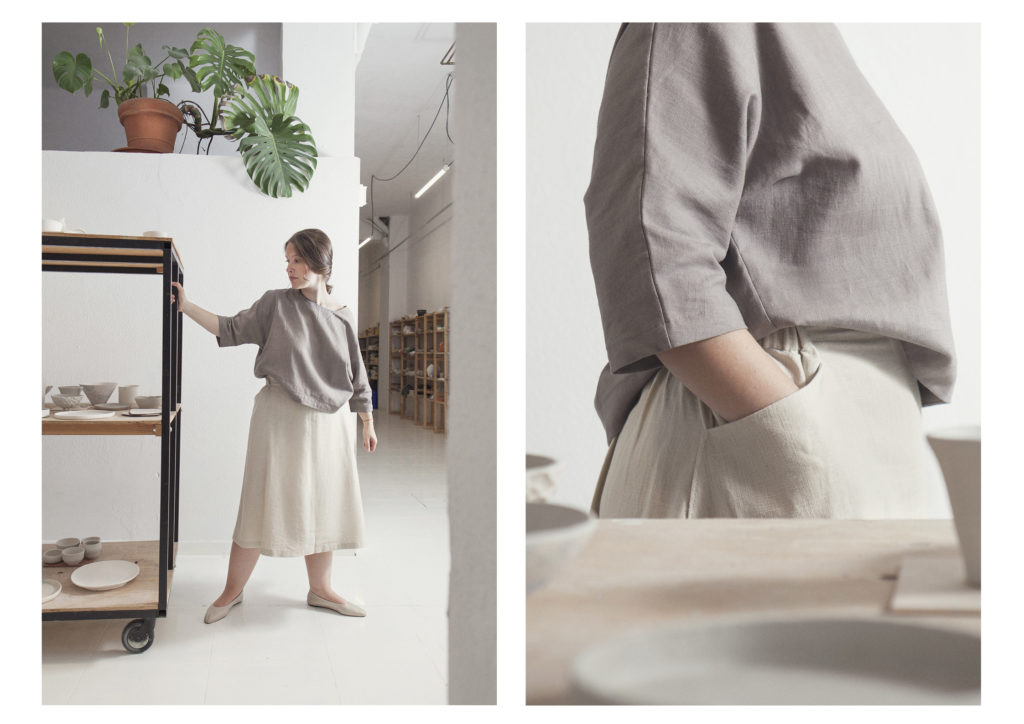
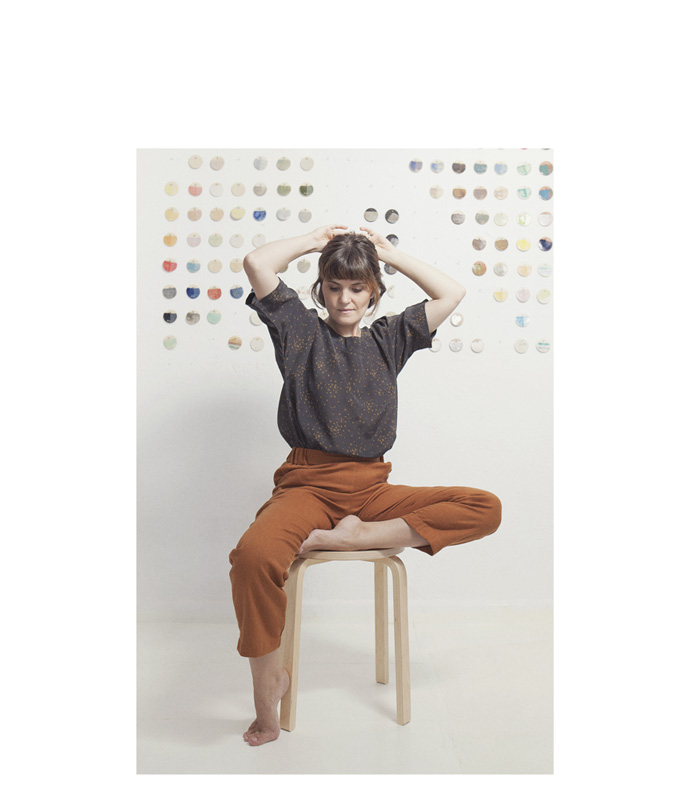
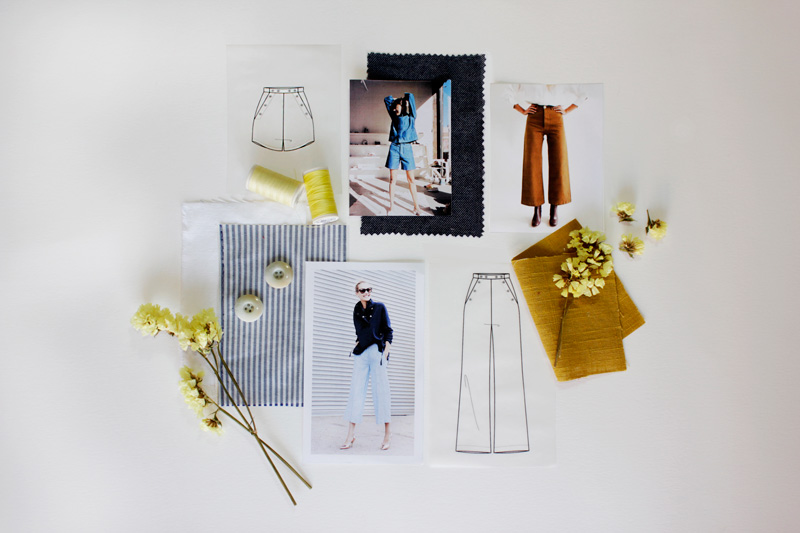
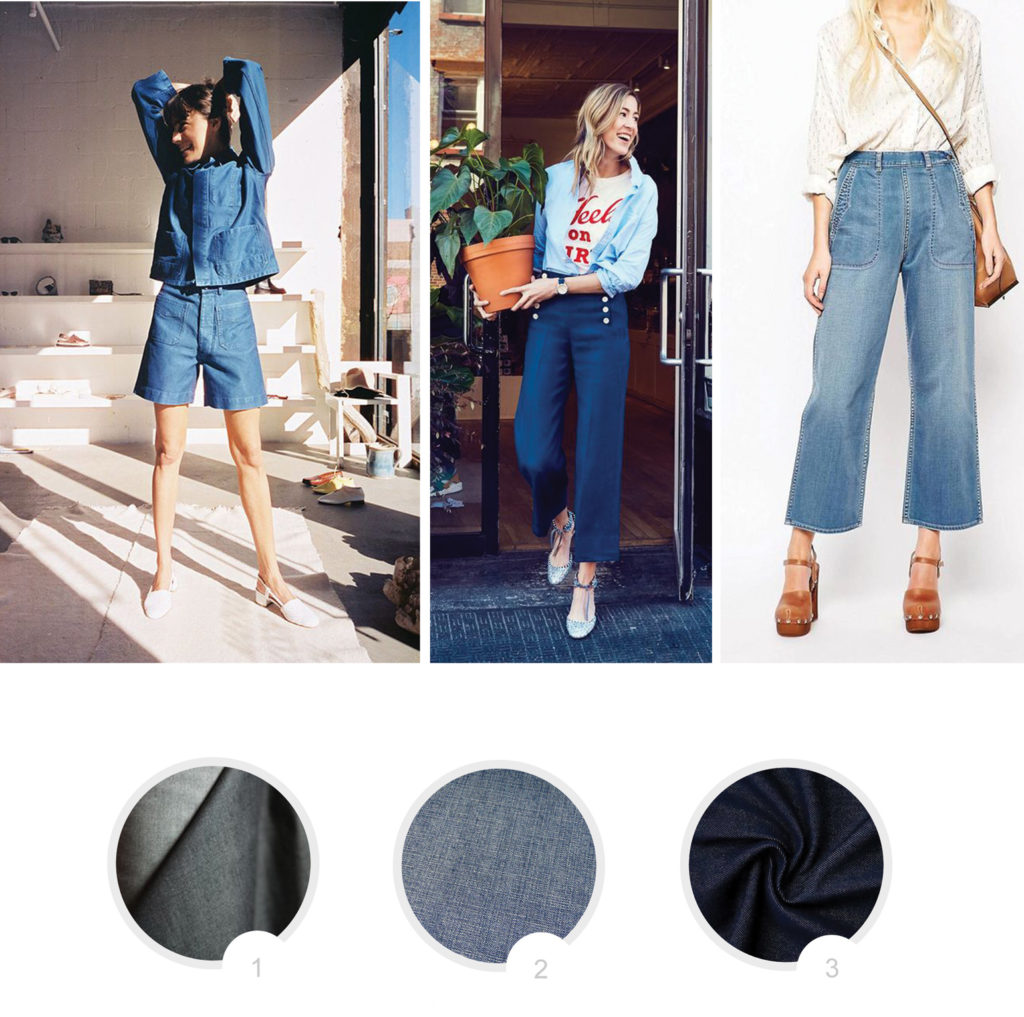 1.
1. 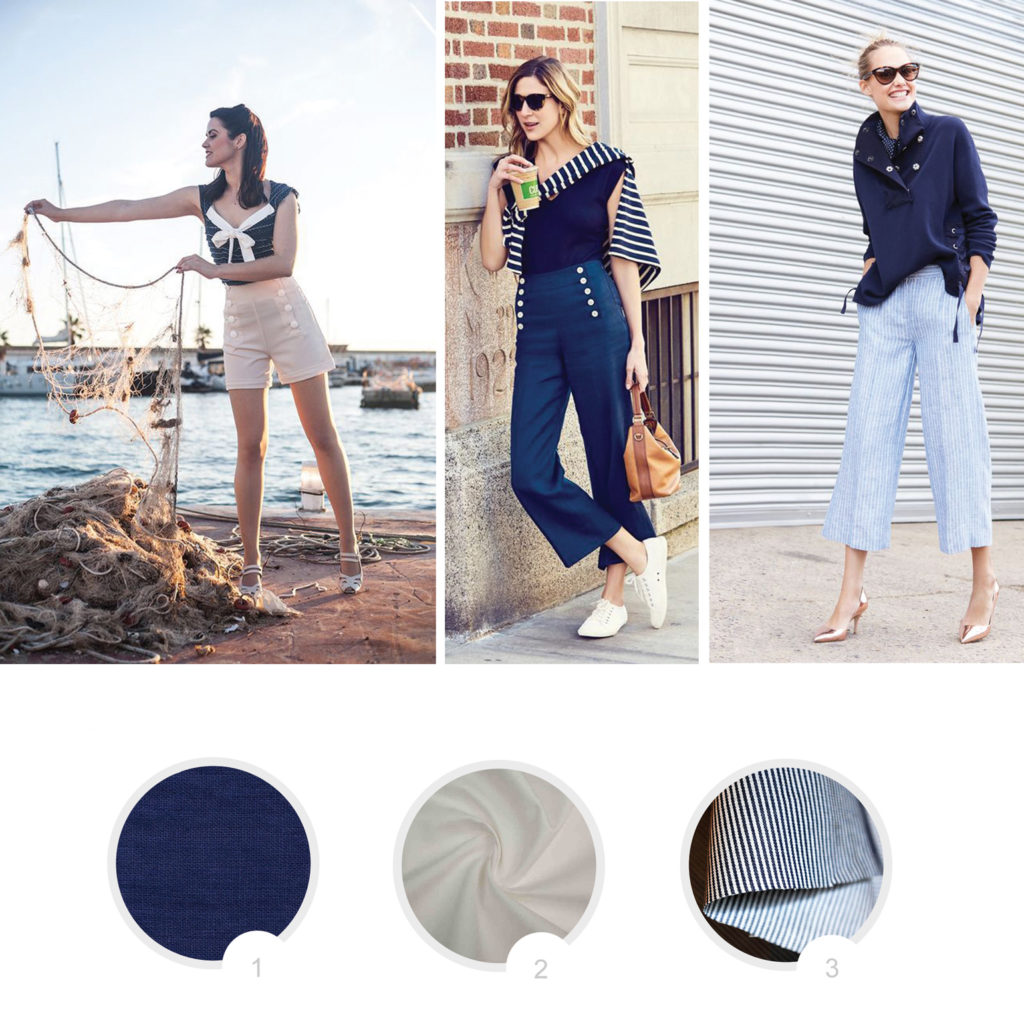
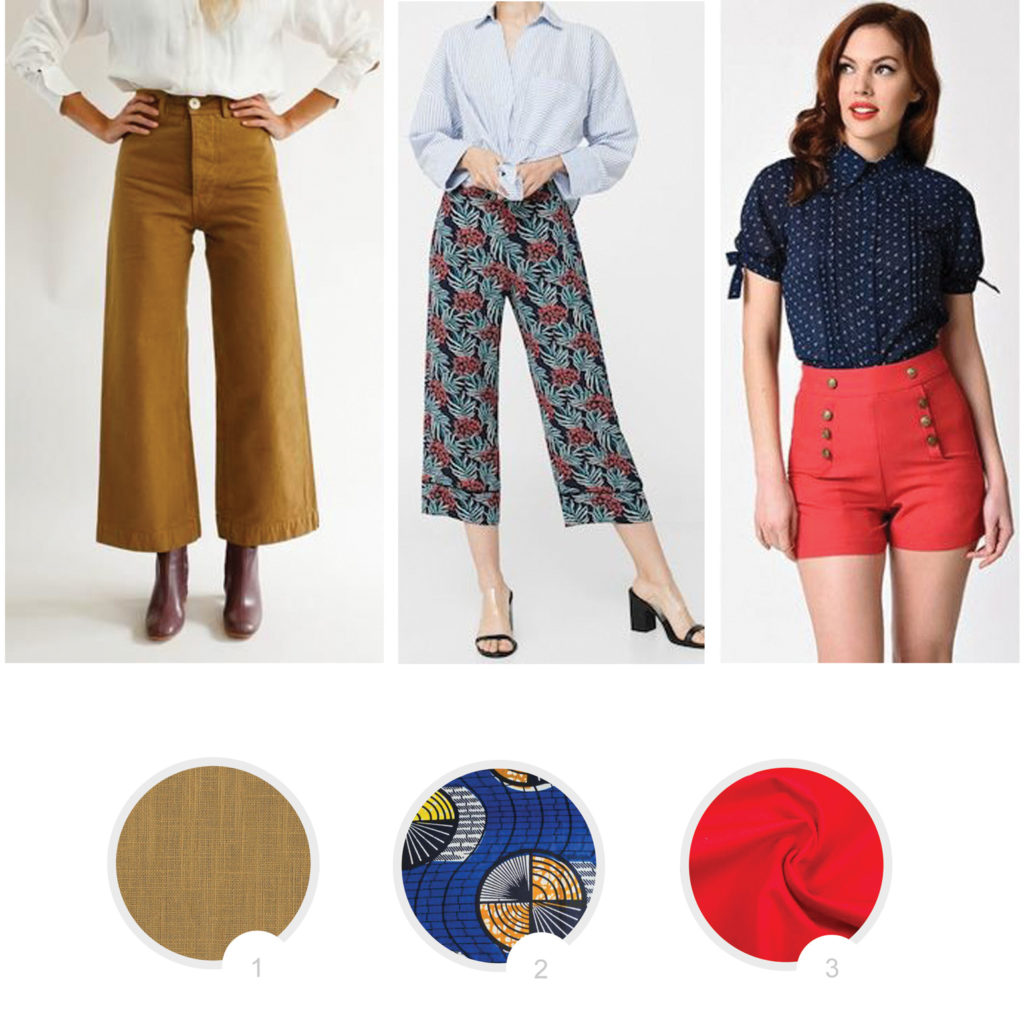
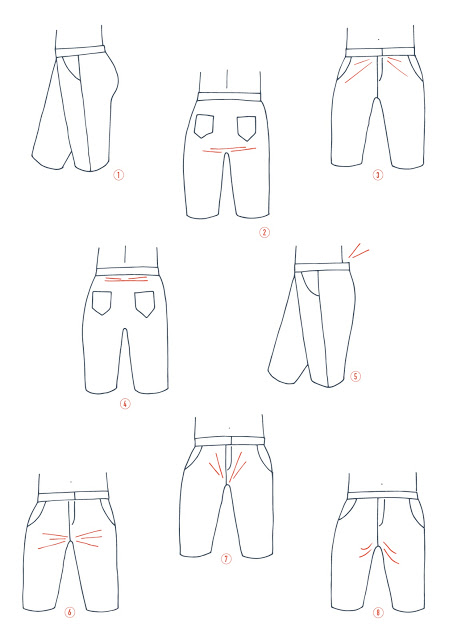
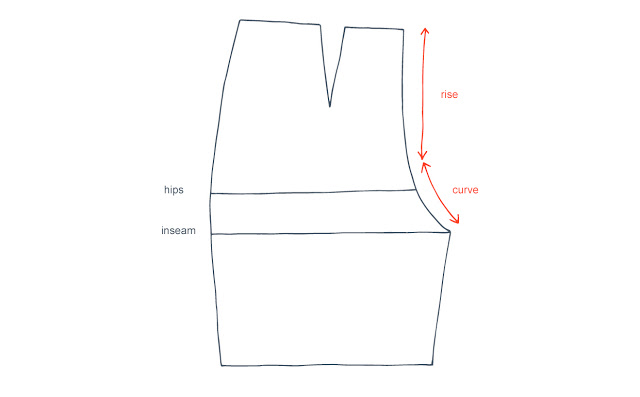
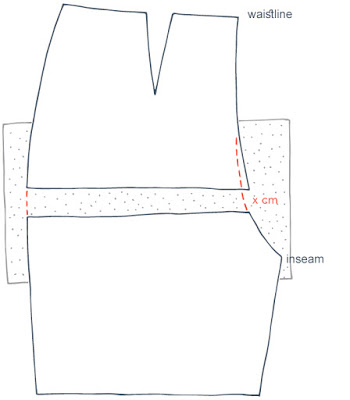
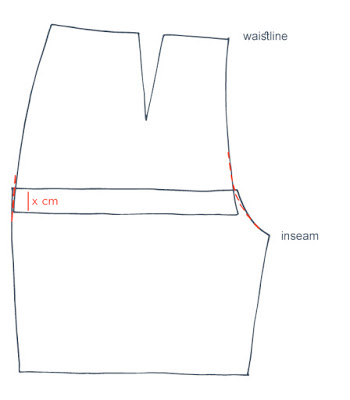
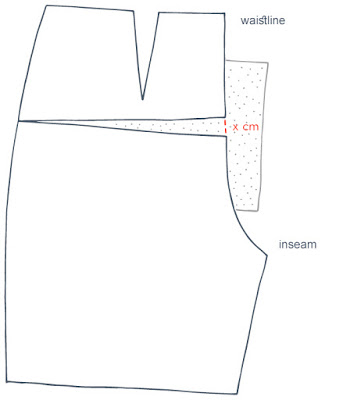
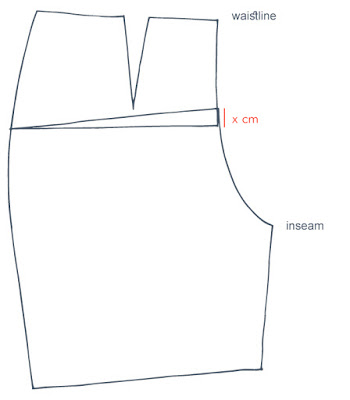
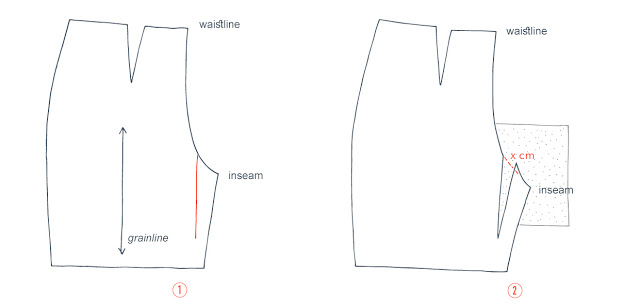
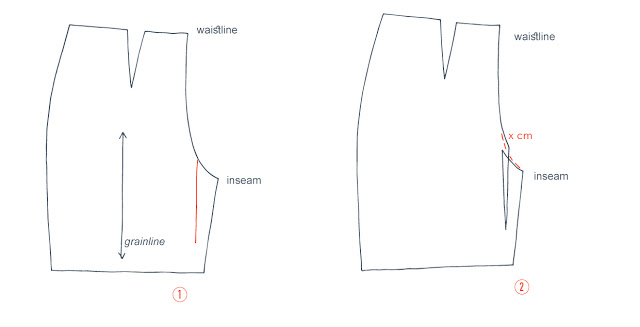
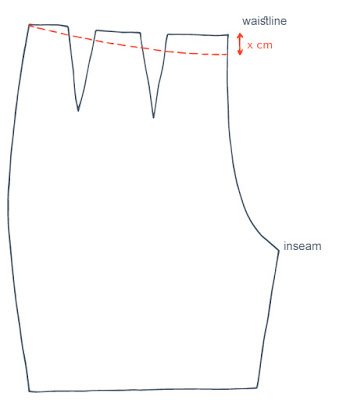

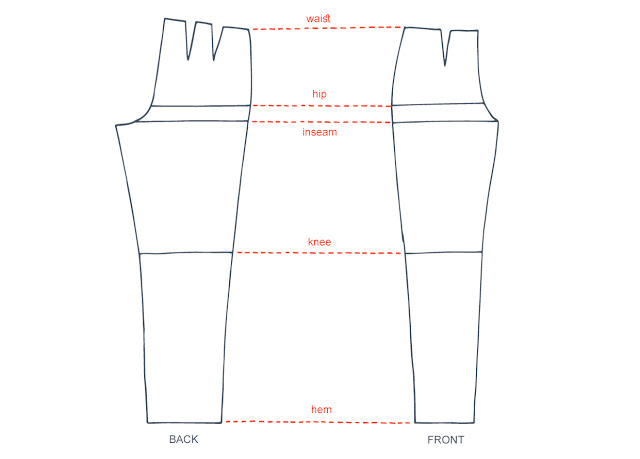
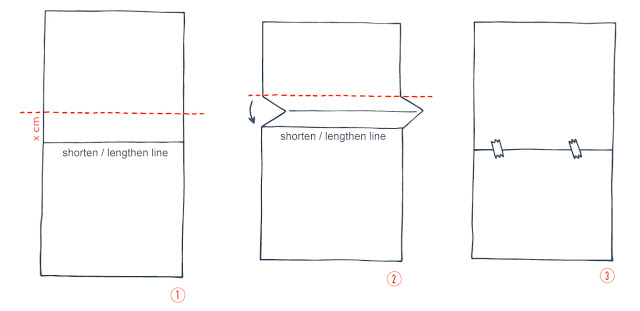
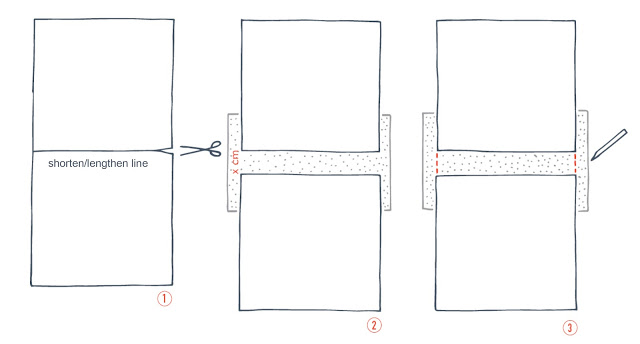
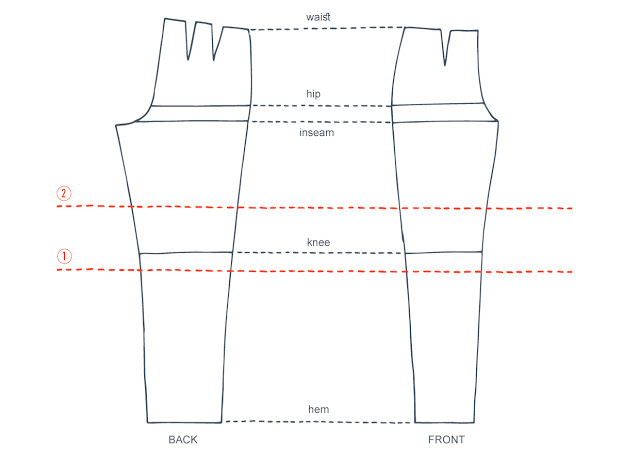
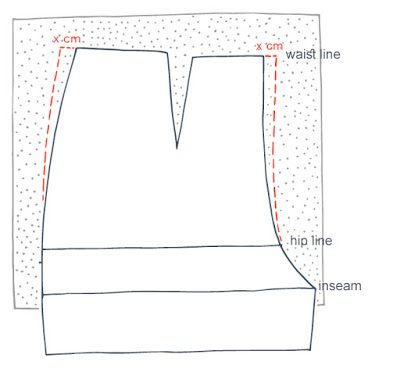
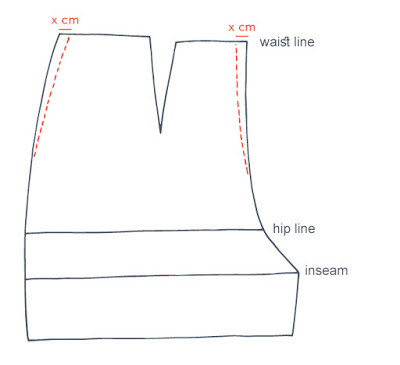
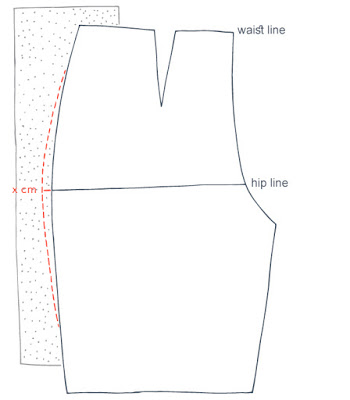
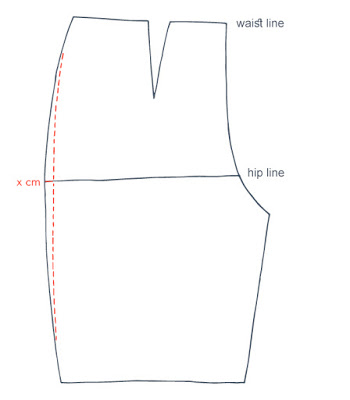
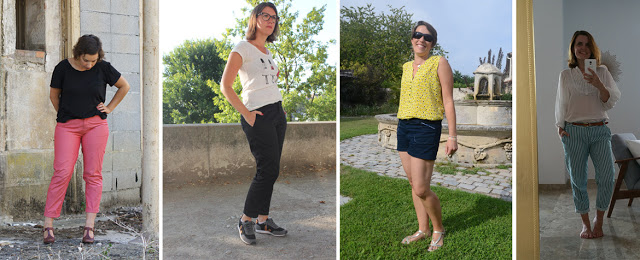
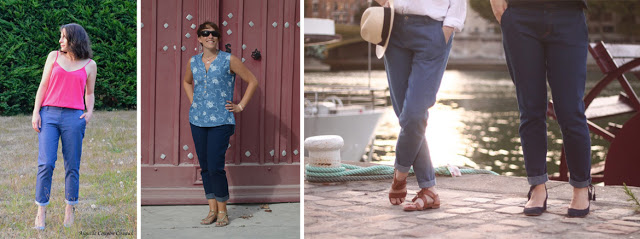
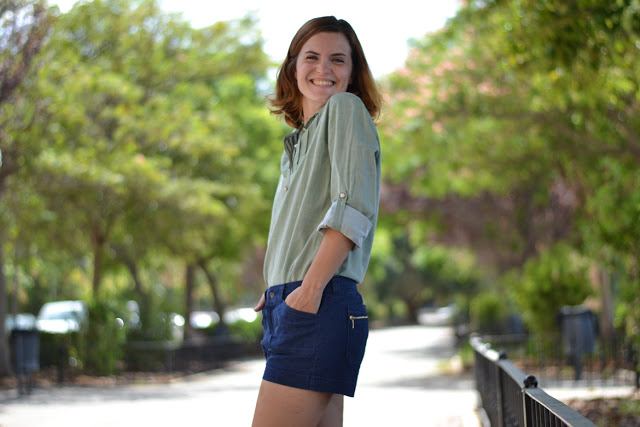
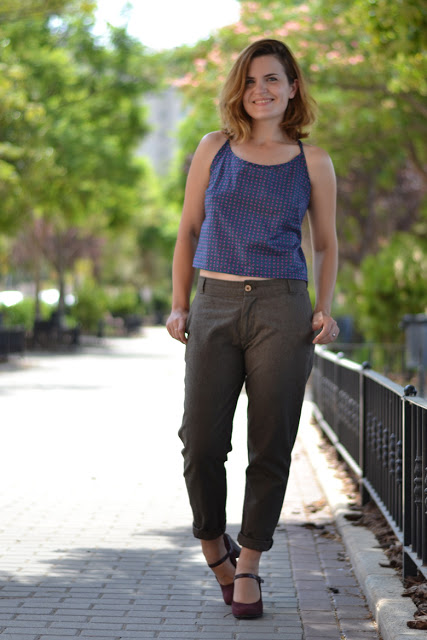
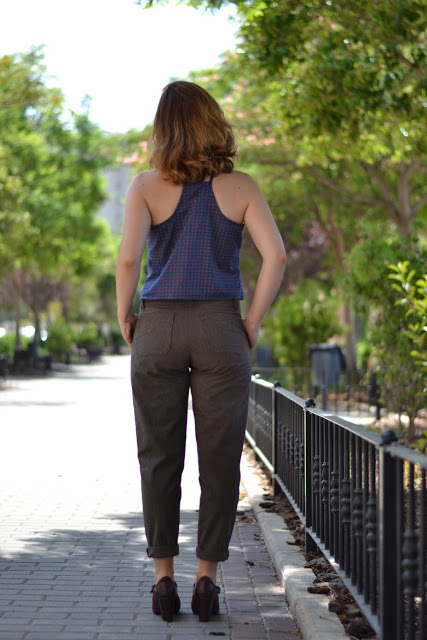
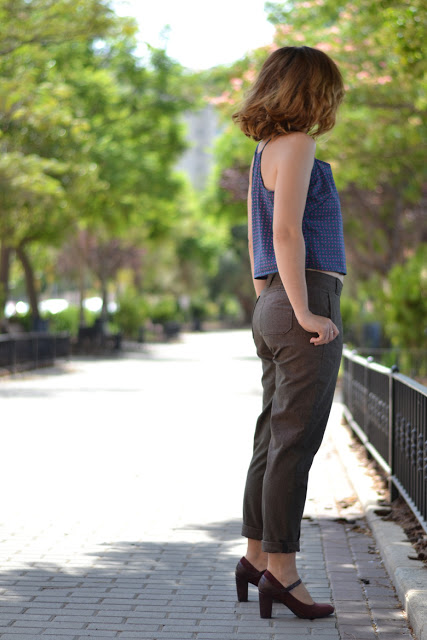
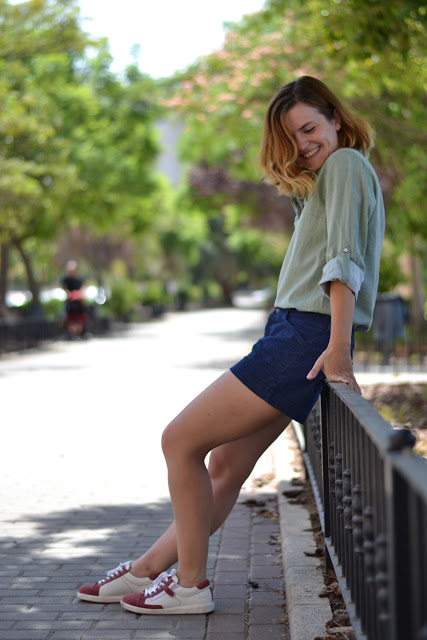
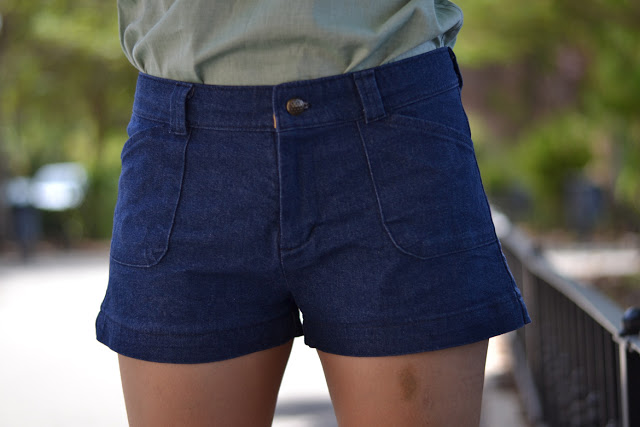
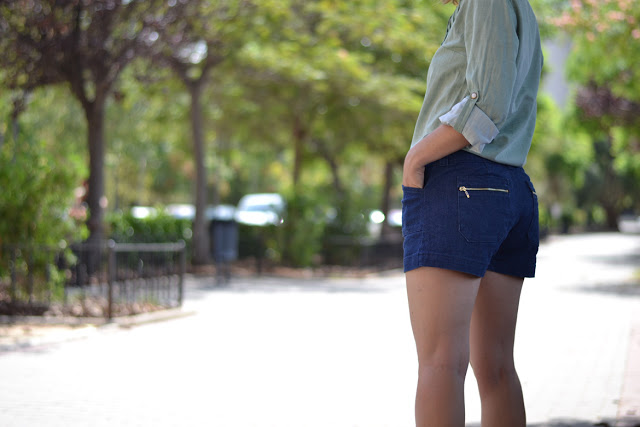
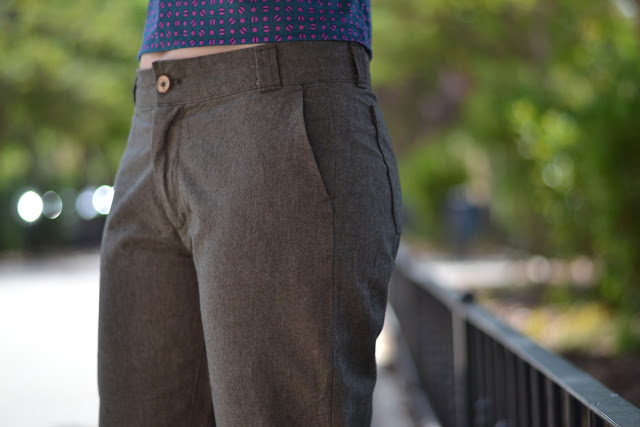
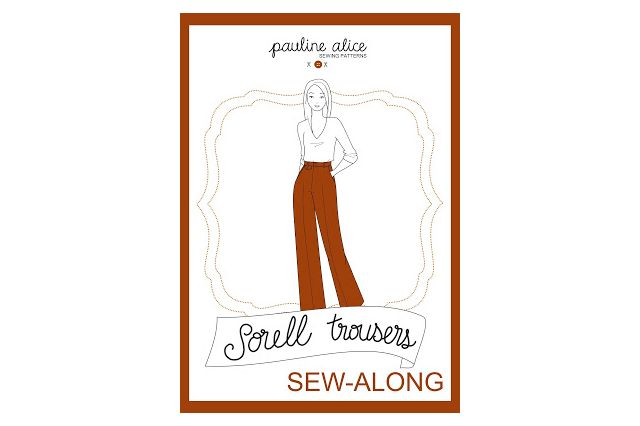
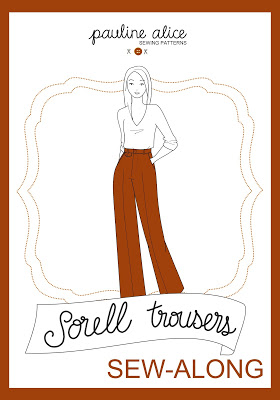
 .
.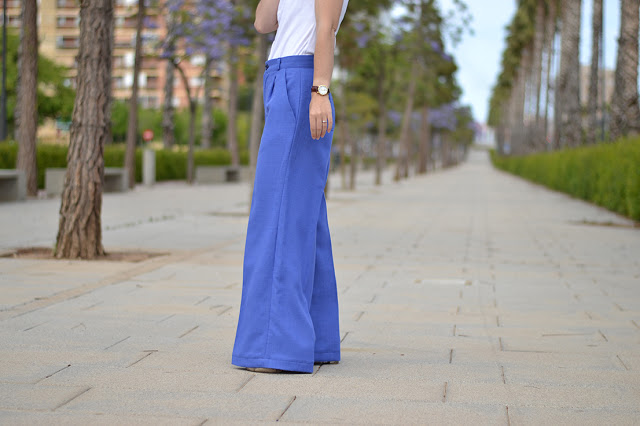
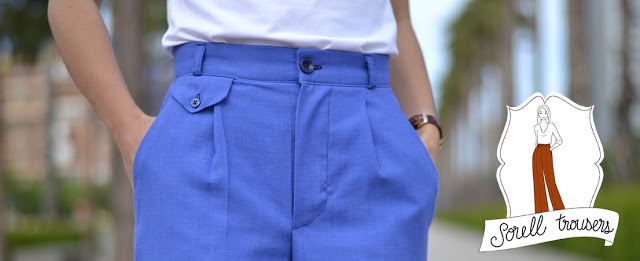
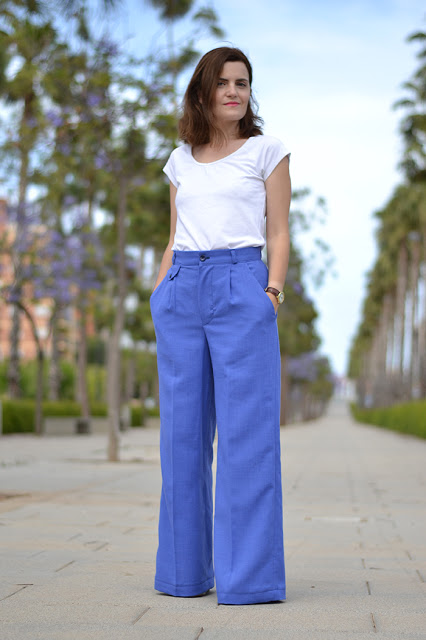
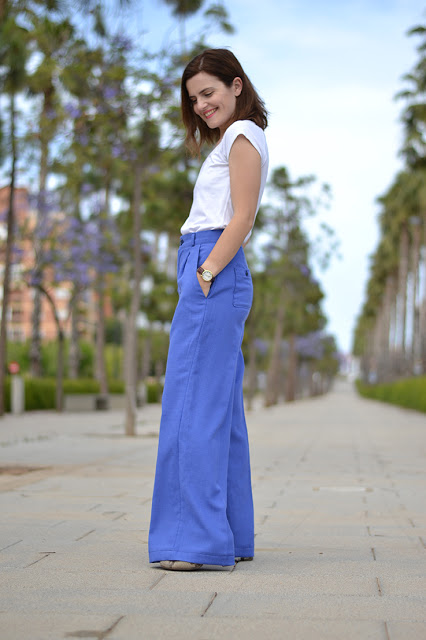
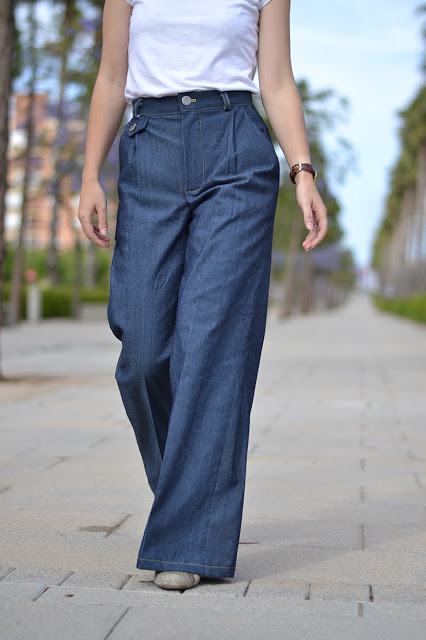
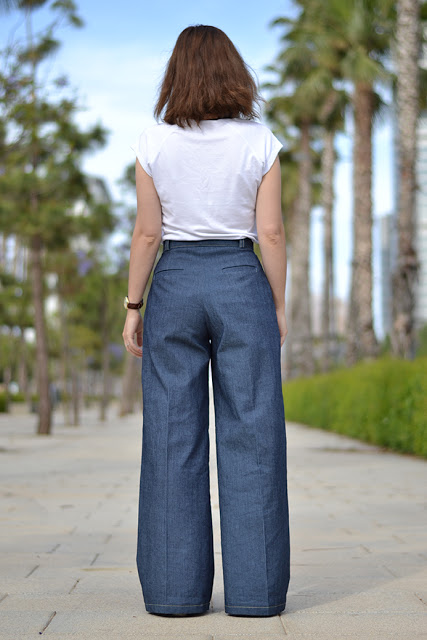
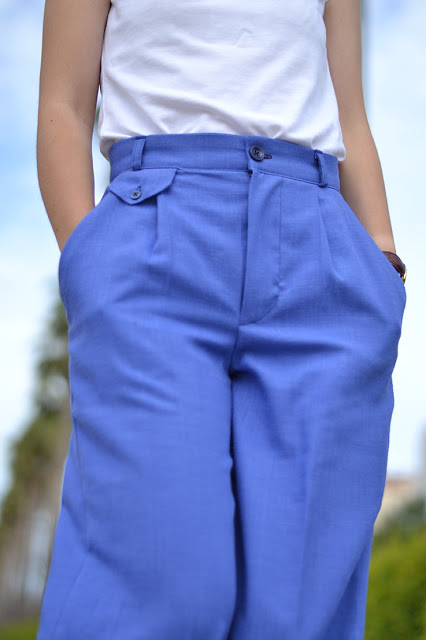
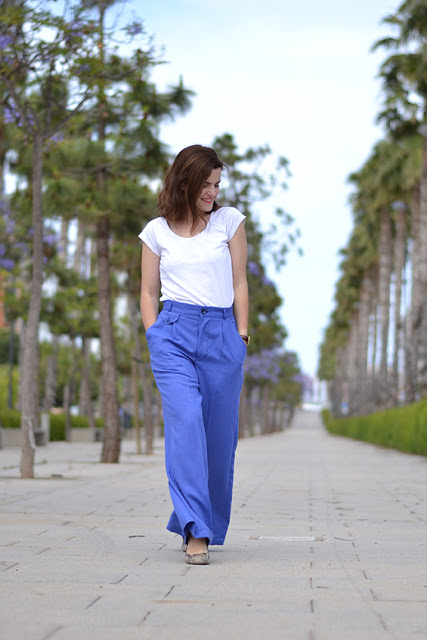 For a vintage look, the trousers legs are wide but the waist and hips are fitted so if you are between 2 sizes or you’re afraid to be unable to sit after lunch, choose the bigger. Anyway, the best solution it still to make a muslin (even a simplified one with the main pieces).
For a vintage look, the trousers legs are wide but the waist and hips are fitted so if you are between 2 sizes or you’re afraid to be unable to sit after lunch, choose the bigger. Anyway, the best solution it still to make a muslin (even a simplified one with the main pieces).